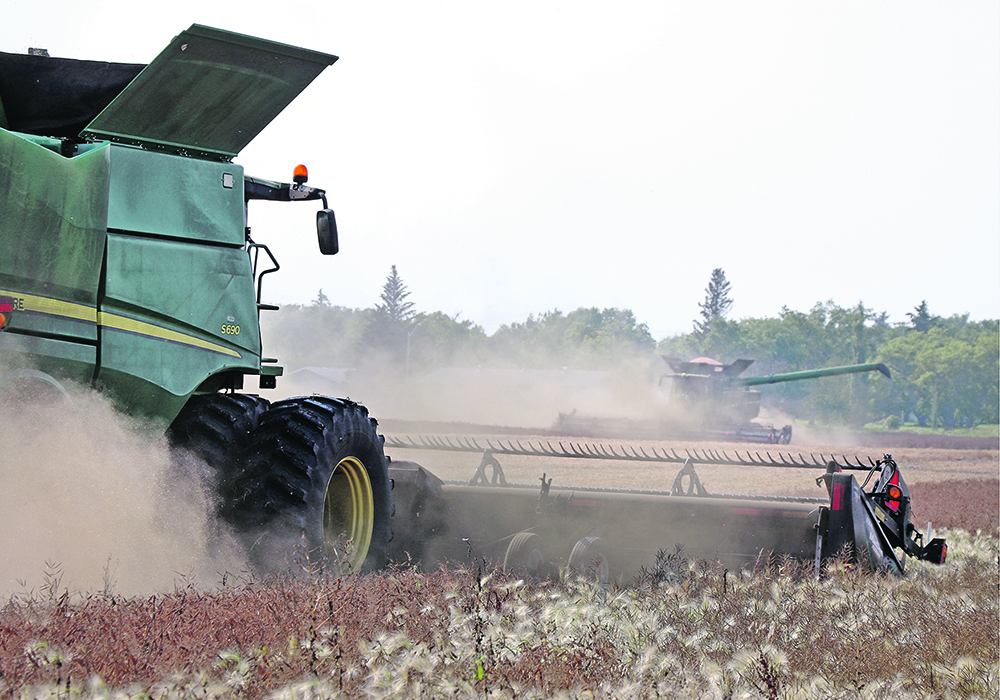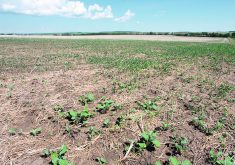The 2024 crop year is the gift that keeps on giving.
For many producers in Western Canada, there was a distinct optimism coming out of the seeding window and into the summer months. In fact, right up until mid to late July, even the markets were reacting to what most thought would be a “bumper” crop.
Two months later, we are now looking back at what could have been. Harvest is in full swing for most on the Prairies, and for those who are almost done, the majority are not in a good place.
Read Also

Higher farmland taxes for investors could solve two problems
The highest education and health care land tax would be for landlords, including investment companies, with no family ties to the land.
Many farmers who thought they were moving out of drought conditions felt that a long and hot summer took away any remaining chance at pulling themselves back to profit. In fact, the roller coaster of the year may have put many producers in a considerably worse spot than even the past few years.
When you believe you have a crop, you continue to spend money on inputs and capital. In fact, our consulting business ran multiple equipment deals right up until the hottest two weeks in late July.
Guys were optimistic: crops had a strong start and looked to be above average, and the machinery dealers were right on cue. This is what makes the year so much worse than many expected: all the costs and only half the revenue.
Taking it one step further, the commodity markets also decided to turn. For those who held last year’s bushels in the bin, this year may be even worse because many will sustain a large commodity loss on last year’s inventory before even discounting the yields and price for this year’s supply.
Many had budgets that showed $15 canola and $9 wheat, while harvest pressures and global policy are now leaving us with our hands out. Not many producers with depressed yields will make money at $12 canola and $7 wheat.
If you were lucky enough to have average yields, and maybe even book some strong futures in the spring, you were still not immune to this year’s problems. As harvest kicked off for many, the rail strike came to fruition, even if only for a short time.
This delay in shipping and logistics in many areas will push delivery back weeks if not months. This means cash flow issues for many who have fall bills that need to be paid. For others, it may mean diverting plans to purchase inputs and lock in next year’s margin while you still may see numbers in the black.
The elevators have also had reactions as basis levels moved higher, once again hitting the wallets of farmers.
If you have weathered the storm or are facing the disasters identified, I believe 2024 has shown us how little control we have as producers. Even when you have strong strategies that lock in markets and minimize downside loss, our policy and infrastructure can still affect the odds.
Just remember, as farmers, we work in a volatile industry and the sun will continue to rise and the rain will continue to fall — just maybe not this year.
Evan Shout advises clients on business and risk management through the Farmer Coach program and Maverick Consulting. He is a CPA and chief financial officer at Hebert Grain Ventures.















